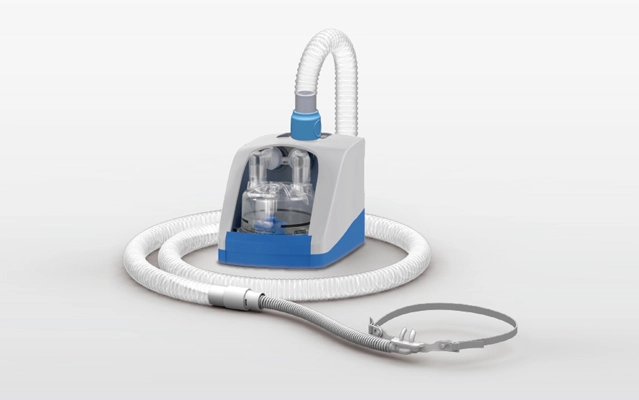In modern clinical medicine, portable end-tidal CO2 monitoring devices have become essential auxiliary tools, especially playing a crucial role in emergency, intensive care, and pre-hospital emergency settings. Selecting the right device is vital to ensure patient safety, improve diagnostic accuracy, and enhance treatment efficiency. This article provides you with some suggestions to help you choose the suitable portable end-tidal CO2 monitoring device for your clinical practice.
Clearly Define the Device's Use Cases and Requirements
Before selecting a portable end-tidal CO2 monitoring device, it is essential to clearly define the device's use cases and requirements. Different departments and clinical environments may have varying demands for the device; for example, operating rooms may require high-precision and high-stability devices, while emergency departments may emphasize portability and rapid response capabilities. Therefore, you need to consider the actual situation of the department, patient characteristics, and the expected monitoring goals to determine the performance parameters and features required for the device.
Focus on the Accuracy and Stability of the Device
Accuracy and stability are crucial indicators for evaluating the performance of portable end-tidal CO2 monitoring devices. Accuracy refers to the precision of the device's measurement results, while stability reflects the device's durability over prolonged use. When selecting a device, pay attention to data related to calibration cycles, drift errors, and resistance to interference to ensure that the chosen device meets clinical requirements.
Consider the Portability and User-Friendliness of the Device
The primary advantages of portable end-tidal CO2 monitoring devices lie in their portability and user-friendliness. Therefore, when selecting a device, consider characteristics such as size, weight, battery life, and user interface. The device should be easy to carry and operate, facilitating quick deployment and use by healthcare professionals in different scenarios. Simultaneously, the device's user interface should be clear and intuitive, enabling healthcare professionals to quickly grasp and monitor real-time data.
Evaluate the Compatibility and Expandability of the Device
With the continuous development of medical technology, there may be a future need to integrate and connect end-tidal CO2 monitoring devices with other medical equipment. Therefore, when selecting a device, evaluate its compatibility and expandability. The device should easily connect and share data with other medical equipment, such as ventilators and monitors, to achieve comprehensive patient monitoring and efficient data management. Additionally, the device should support software upgrades and feature expansions to adapt to changing clinical demands in the future.
In summary, choosing the appropriate portable end-tidal CO2 monitoring devices requires consideration of multiple aspects. Clearly defining the device's use cases and requirements, focusing on accuracy and stability, considering portability and user-friendliness, and evaluating compatibility and expandability are all crucial steps to ensure that the selected device meets clinical requirements and maximizes effectiveness. By carefully comparing different brands and models of devices, combined with the actual situation and clinical needs of the department, you can undoubtedly find the most suitable portable end-tidal CO2 monitoring devices for your needs.
Finally, it's essential to note that while portable end-tidal CO2 monitoring devices offer numerous advantages in clinical practice, they cannot completely replace traditional monitoring methods. Healthcare professionals must still make comprehensive judgments based on the patient's actual condition and clinical presentation to ensure the accuracy of monitoring results and the effectiveness of treatment.
 English
English










